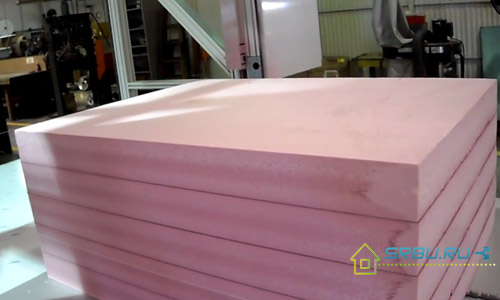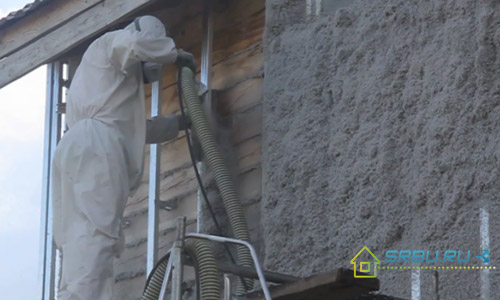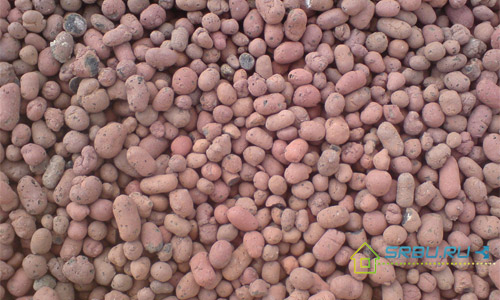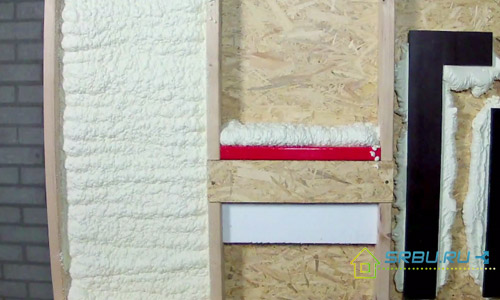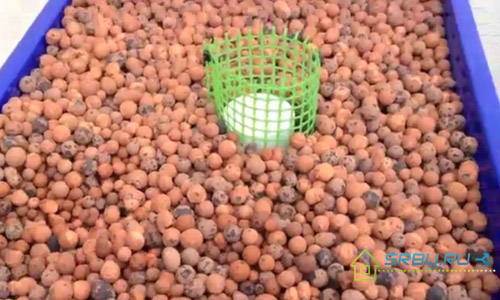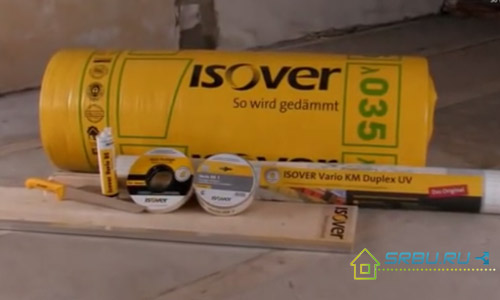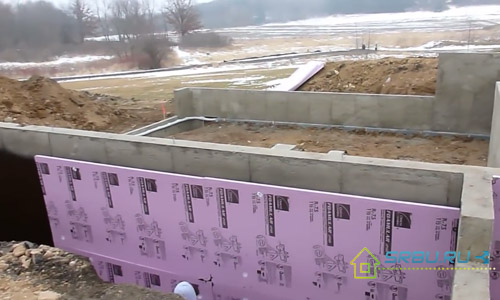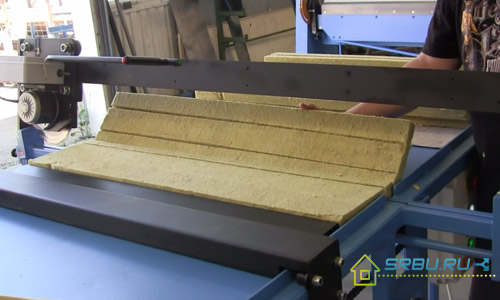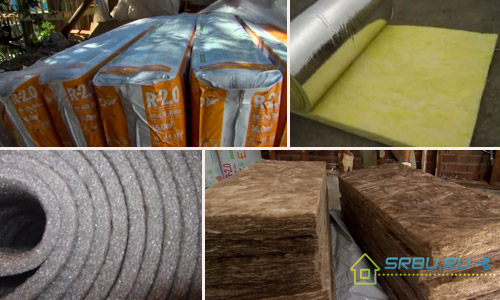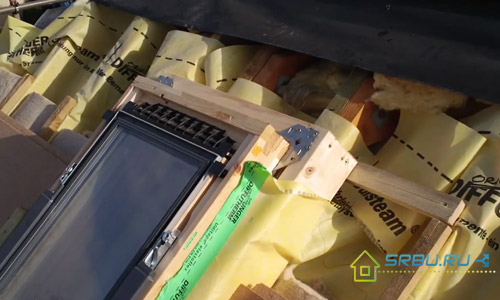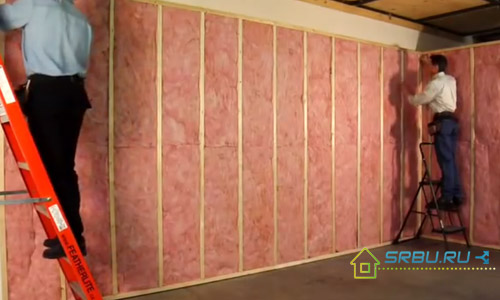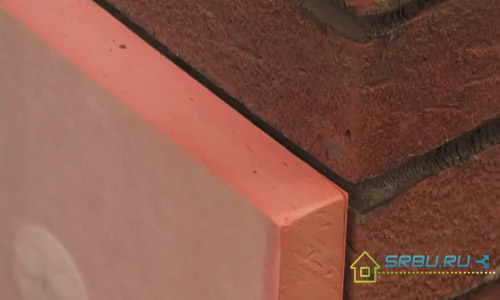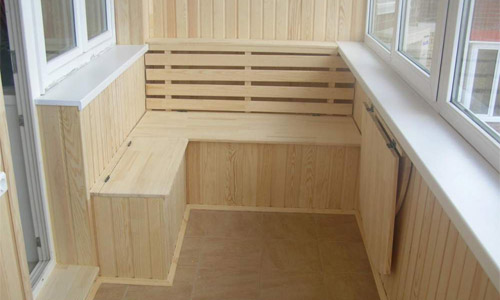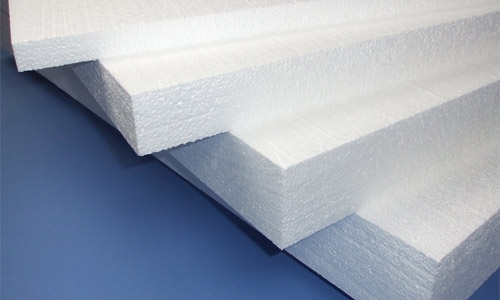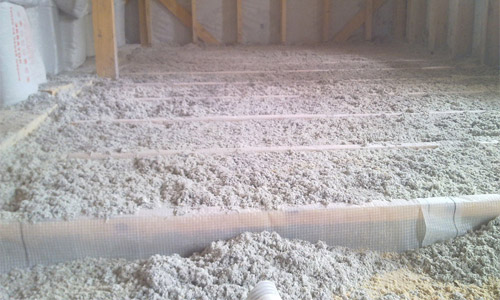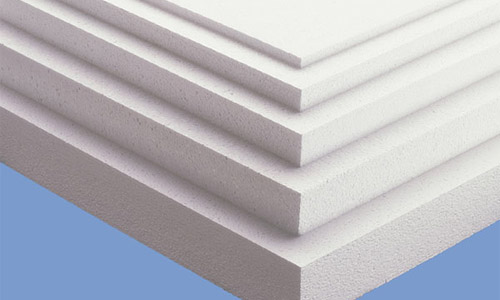Insulation Materials - Articles and Reviews
In this article: what is the thermal conductivity of expanded polystyrene; what determines and how the ability of expanded polystyrene not to pass heat and cold is determined.
In this article: what is ecowool insulation; what is its thermal conductivity, sound insulation, moisture capacity and other important parameters of any insulation.
In this article: what is the density of expanded clay; what is bulk density and what brands of expanded clay are available in accordance with bulk density; what is true and specific gravity for what are they intended.
In this article: what is polyurethane foam and what are its varieties; what technical characteristics this heater has; what are their advantages and disadvantages.
In this article: what determines the thermal conductivity of expanded clay; what affects the thermal conductivity of expanded clay and how to reduce it.
In this article: the characteristics of Izover as a heat-insulating material, its thermal conductivity, sound absorption, combustibility, environmental friendliness, vapor permeability; varieties of Izover and places of their application; how to work with Izover and what are its shortcomings.
In this article: we prepare the foundation for insulation; we make waterproofing of the base; we warm the foundation with polystyrene foam boards and apply a protective reinforcing layer.
In this article: varieties of mineral wool; manufactured mineral wool brands and their technical characteristics; mineral wool deficiencies; mineral wool selection criteria.
In this article: what types of thermal insulation are of the preventive type; what are the types of organic and inorganic insulation; what is reflective thermal insulation and why is it effective.
What are the types of building membranes; on which side of the insulation you need to mount this or that membrane; which side to the heater you need to mount the membrane; what should be the air gap; what should be the overlap of adjacent sheets and how to properly fasten and glue them.
In this article: are walls generally insulated from the inside; what are the disadvantages of such insulation; what processes occur inside the insulated wall; how to avoid negative consequences when insulating walls from the inside; how to choose a heater and calculate its thickness.
In this article: properties and technical characteristics of expanded polystyrene; the whole truth about environmental friendliness, incombustibility and the service life of this insulation; selection criteria that you can rely on when buying this material.
How to insulate the floor, walls and ceiling of a balcony, what types of insulation in which cases to use and how to fix them.
As a heater, foam is used quite widely. Certain nuances associated with the insulation of various elements of the room we will consider in this article.
Ecowool is a modern building material used for noise and heat insulation of buildings and structures. Like any other material used for these purposes, it has certain advantages and disadvantages, which we will discuss in this article.
Polyfoam - a very common material used for heat and sound insulation of rooms. It received its wide distribution due to its unique technical characteristics, which will be discussed in this article.
Page 2 of 2
- To the begining
- Back
- 1
- 2
- Forward
- To the end

